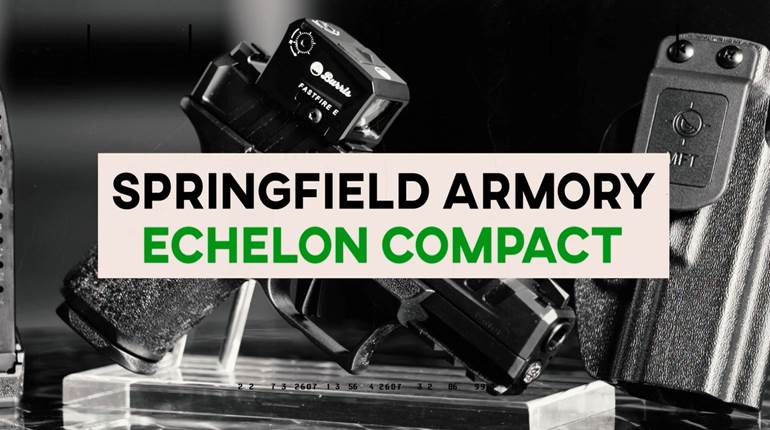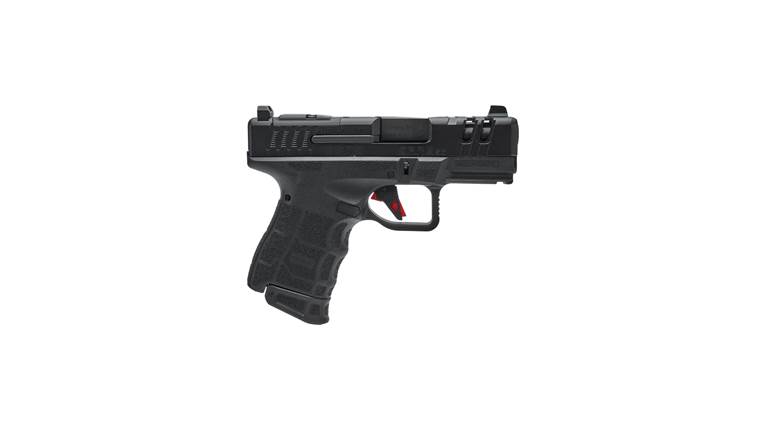
Here's a gun trivia question to delight the minutiae-minded: Name five 9 mm cartridges that at least 80 percent of today's shooters never heard of. I don't mean obscure stuff from European makers of a hundred years ago, but made-in-America in the last 30 years or so. Most had short service lives—if any at all—and have become little more than footnotes in history. They are the 9 mm Federal, 9 mm Action Express, 9 mm Winchester Magnum, .356 TSW and 9x23 Winchester.
The 9 mm Federal was an attempt to adapt the very popular 9 mm Luger to a revolver. The cartridge was a Luger with a .38 Spl. rim. Had the maker used an extra-thick rim, he would have made a gun that also used the Luger round with moon clips for greater versatility. But the round as produced was loaded very hot and was dimensionally similar to the .38 S&W. It was an unsafe condition and the round was dropped. As originally produced, the 9 mm Federal out-performed the 9 mm Luger in a Charter Arms revolver.
When the Action Arms people took a shot at the medium-bore market with the .41 Action Express, they used a much modified .41 Mag. case. It was shortened and the rim rebated to 9mm Luger dimensions. It was logical to take this next step and bottleneck this brass down to 9 mm, which produced a huge case capacity and great bullet speed—the 9 mm Action Express. The parent .41 round never caught on and the 9 mm AE never got out of the prototype stage. In a sense, the 9 mm AE is very reminiscent of today's .357 SIG.
Wildey pistols in their first iteration were gas-operated brutes in a pair of proprietary calibers—.45 Win. Mag. and 9 mm Win. Mag. The latter was almost as long as the .30 Carbine, but was essentially a lengthened 9 mm Luger. It was a soundly designed cartridge and gun, driving a 9mm bullet well over 1500 fps. The system died off for business reasons and Winchester was stuck with a goodly quantity of ammo for which there was no gun.
The 9 mm Luger's bore diameter is usually quoted as .355-356 inches and that is exactly where the name for S&W's proprietary “rule-beater” cartridge—the .356 TSW came from. The “TSW” stands for Team Smith & Wesson. It is a slightly lengthened 9 mm Luger cartridge and intended to “make major” for the action shooting games. Built by the Performance Center, .356 TSW guns were really great pistols with reliability, accuracy and power. When the rule makers started playing with major caliber measurements, the need for the cartridge went away.
The 9x23 mm Winchester was given a European-sounding designation to clearly identify the round, which was some 4 millimeters longer than the Luger. Introduced with a special version of the 1911 pistol by Colt, the 9x23 had several close cousins among the high-speed competition cartridges. 9X23 brass was manufactured with extra thick case heads. This was in deference to the pressures required to get the snappy velocities. A few guns were custom made on the basic 1911 platform with double column magazines.
That's five 9s I'll bet most shooters never heard of.





































